This is “William Wordsworth (1770–1850)”, section 6.6 from the book British Literature Through History (v. 0.1). For details on it (including licensing), click here.
For more information on the source of this book, or why it is available for free, please see the project's home page. You can browse or download additional books there. To download a .zip file containing this book to use offline, simply click here.
6.6 William Wordsworth (1770–1850)
PLEASE NOTE: This book is currently in draft form; material is not final.
Charlotte Smith, William Blake, and Robert Burns are sometimes referred to as pre-Romantic writers. Although their works display the characteristics of Romantic poetry, they pre-date Wordsworth and Coleridge, whose work is considered the beginning of British Romantic literature.
Biography
View the presentation on Wordsworth’s biography. Also view video mini-lectures Romanticism and Wordsworth and William Wordsworth.
Texts
- Books by William Wordsworth. Project Gutenberg.
- The Complete Poetical Works. William Wordsworth. rpt. from London: Macmillan, 1888. Bartleby.com.
- Lyrical Ballads: An Electronic Scholarly Edition. Romantic Circles. General Editors: Neil Fraistat, Steven E. Jones. Technical Editor: Laura Mandell. University of Maryland.
- “William Wordsworth.” Dove Cottage and the Wordsworth Museum. The Wordsworth Trust. selected poems with commentary.
- Wordsworth Variorum Archive. James M. Garrett, California State University at Los Angeles. texts from published first editions and concordance.
“Lines Composed a Few Miles Above Tintern Abbey”
With the passage of the 1534 Act of Supremacy, King Henry VIII ordered that selected monasteries and abbeys in England be closed and the occupants dispersed. Like many others, Tintern Abbey stood vacant and gradually fell into decay. Over two hundred years later, Wordsworth came upon the ruins of Tintern Abbey while on a hiking trip. In the opening lines of the poem, the speaker states that after five years he has returned to Tintern Abbey.
Video Clip 4
Wordsworth’s Lines Composed a Few Miles Above Tintern Abbey
(click to see video)View a video mini-lecture on “Lines Composed a Few Miles Above Tintern Abbey.”
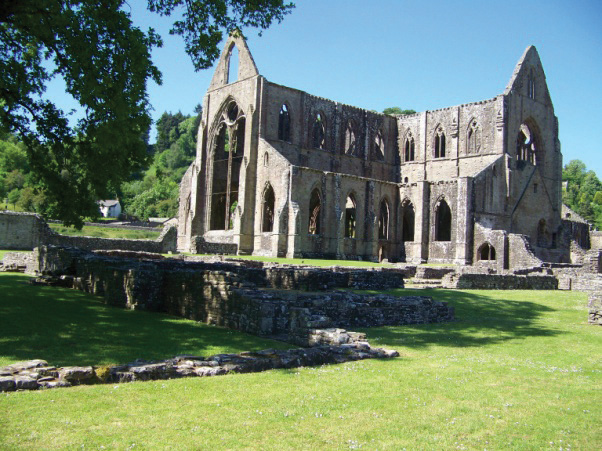
“Lines” is an example of a pattern found in much Romantic poetry: an observation of nature followed by a meditation inspired by that observation.
The following are excerpts from “Lines,” not the entire poem.
Stanza 1 (lines 1–22): the speaker describes the beautiful scene. Note the descriptive details. This stanza is the observation of nature.
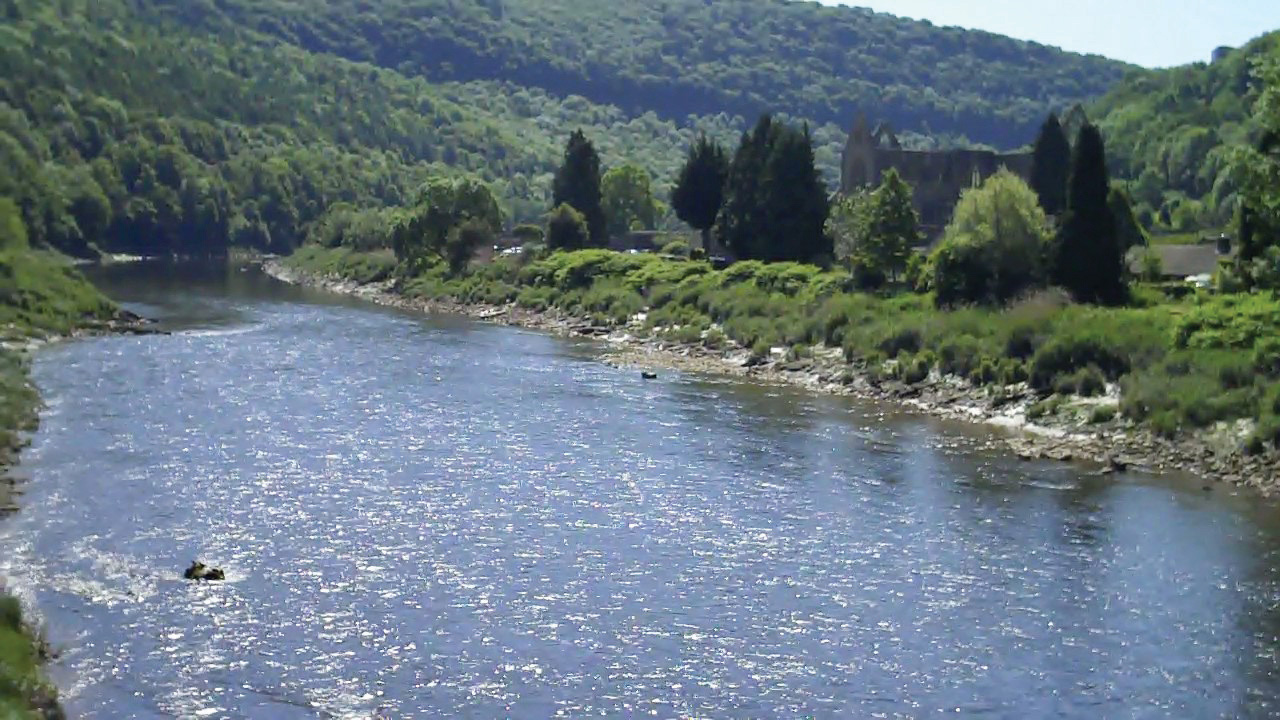
| Five years have past; five summers, with the length | |
| Of five long winters! and again I hear | |
| These waters, rolling from their mountain-springs | |
| With a soft inland murmur.—Once again | |
| Do I behold these steep and lofty cliffs, | 5 |
| That on a wild secluded scene impress | |
| Thoughts of more deep seclusion; and connect | |
| The landscape with the quiet of the sky. | |
| The day is come when I again repose | |
| Here, under this dark sycamore, and view | 10 |
| These plots of cottage-ground, these orchard-tufts, | |
| Which at this season, with their unripe fruits, | |
| Are clad in one green hue, and lose themselves | |
| ‘Mid groves and copses. Once again I see | |
| These hedge-rows, hardly hedge-rows, little lines | 15 |
| Of sportive wood run wild: these pastoral farms, | |
| Green to the very door; and wreaths of smoke | |
| Sent up, in silence, from among the trees! | |
| With some uncertain notice, as might seem | |
| Of vagrant dwellers in the houseless woods, | 20 |
| Or of some Hermit’s cave, where by his fire | |
| The Hermit sits alone. |
Stanza 2 (lines 22–49): This stanza begins the meditation—a philosophical strain of thought inspired by the natural scene. The speaker realizes that although he hasn’t seen Tintern Abbey for five years, he has remembered the beautiful scene even when he’s back in the busy, noisy city enduring the stress of daily life. When he remembers the beauty of nature, he feels again the calmness, the “tranquil restoration,” of being in nature. This idea that nature, even the memory of nature, can cause us to feel tranquil is a central concept of Romanticism.
| These beauteous forms, |
| Through a long absence, have not been to me |
| As is a landscape to a blind man’s eye: |
| But oft, in lonely rooms, and ‘mid the din |
| Of towns and cities, I have owed to them |
| In hours of weariness, sensations sweet, |
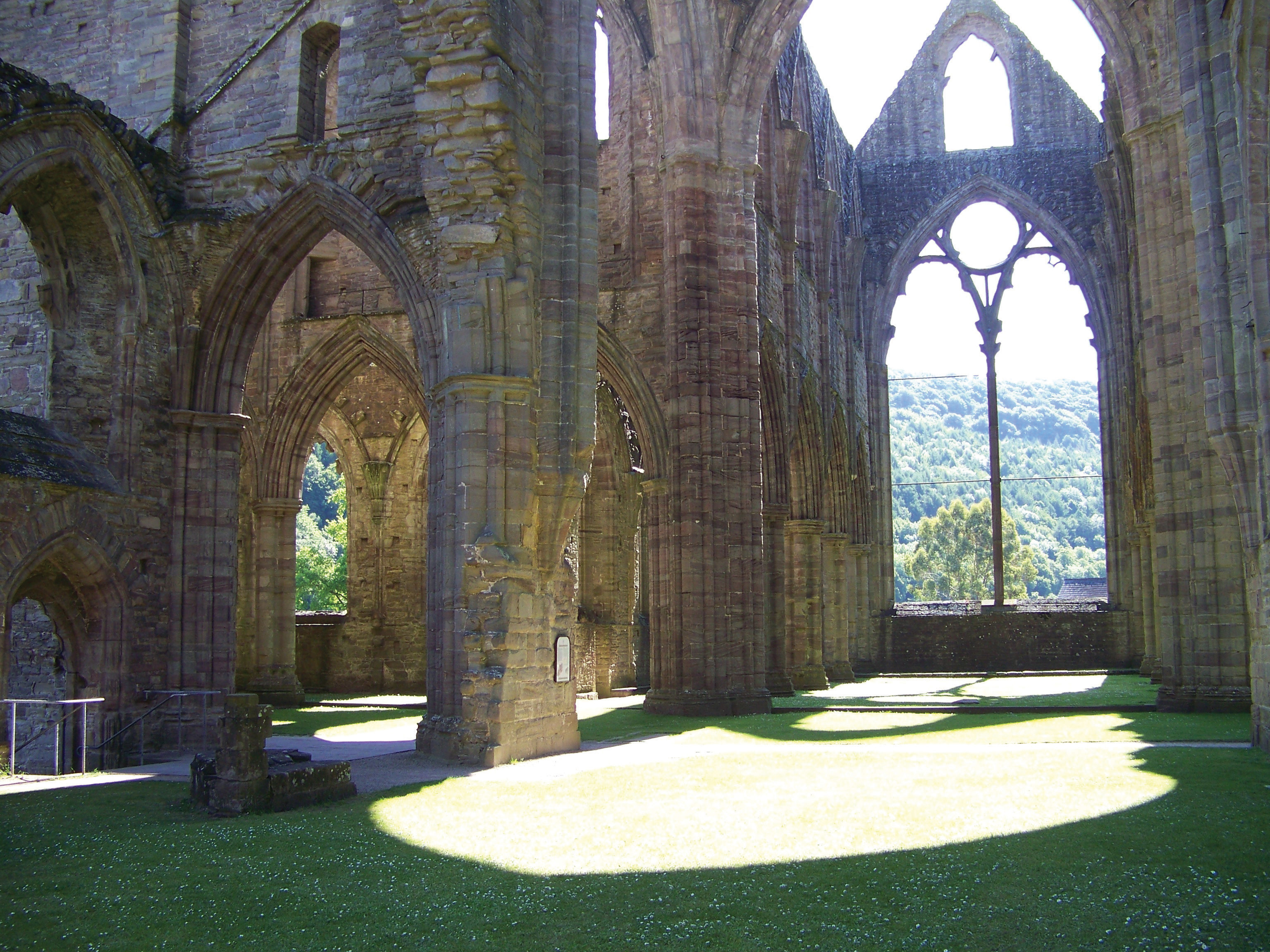
| Felt in the blood, and felt along the heart; |
| And passing even into my purer mind, |
| With tranquil restoration:—feelings too |
| Of unremembered pleasure: such, perhaps, |
| As have no slight or trivial influence |
| On that best portion of a good man’s life, |
| His little, nameless, unremembered, acts |
| Of kindness and of love. |
Stanza 4 (lines 58–111): The speaker reiterates the same concept in lines 64–67. He realizes that while he stands looking at the beauty of Tintern Abbey he is receiving two types of pleasure: first, the “present pleasure” of simply enjoying the beauty at the moment; and second, the pleasure of storing up mental “life and food for future years” when he returns to the city and calls up the scene in his memory.
| While here I stand, not only with the sense | |
| Of present pleasure, but with pleasing thoughts | 65 |
| That in this moment there is life and food | |
| For future years. |
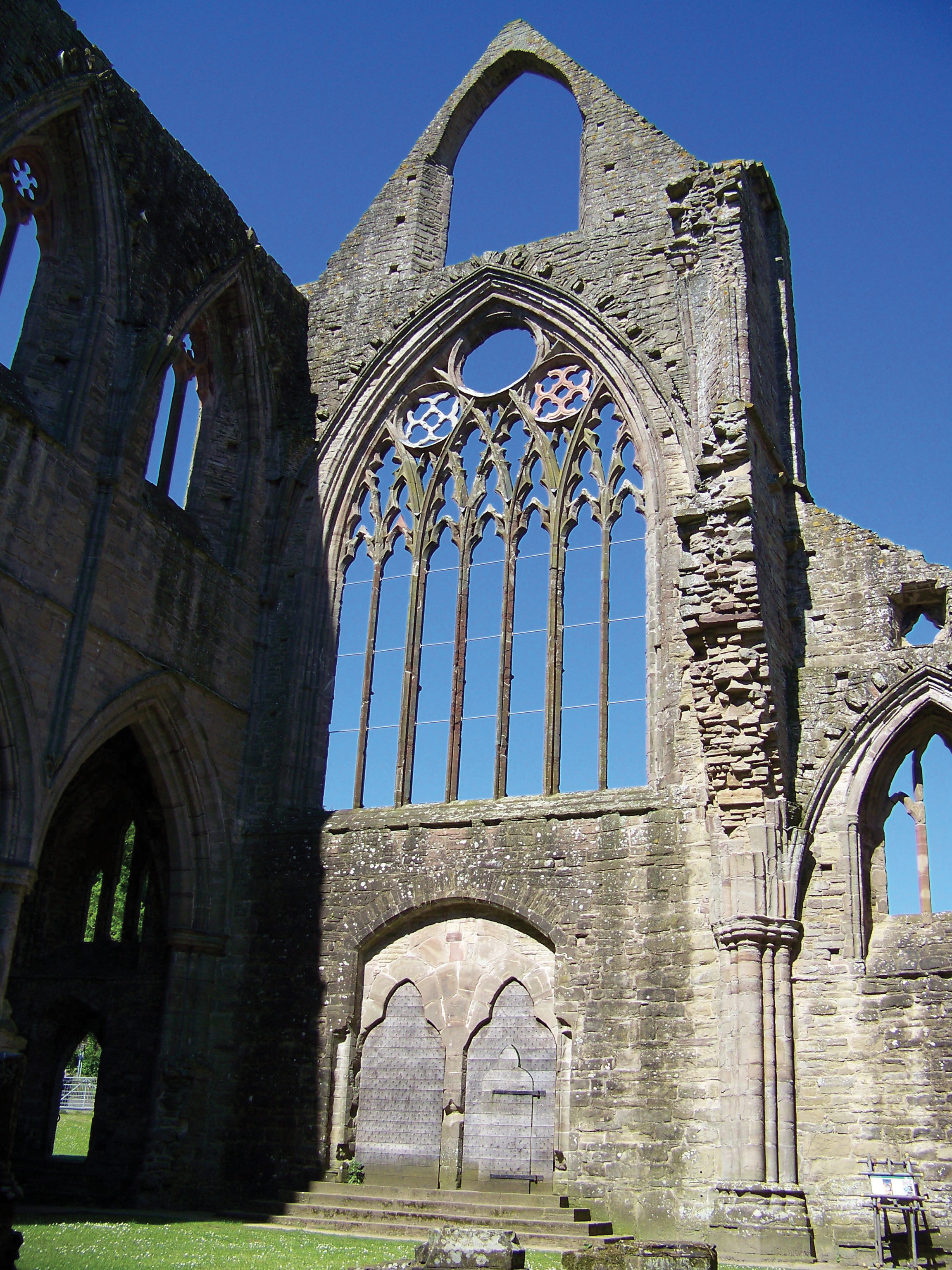
Later in stanza 4, the speaker explains why remembering the beauties of nature can cause him to feel tranquil. First, in lines 90–93, he acknowledges that nature brings to mind “the still, sad music of humanity.” Nature is important because it turns his thoughts to humanity. Second, he informs the reader why nature draws his attention to the needs of humanity. In lines 107–111, he states that in nature he recognizes a divine presence, what he calls “the guide, the guardian of my heart, and soul of all my moral being.” Nature is a means of perceiving a spiritual presence in the world. This passage encapsulates the concept of Romantic mysticism.
| For I have learned | 90 |
| To look on nature, not as in the hour | |
| Of thoughtless youth; but hearing oftentimes | |
| The still, sad music of humanity, | |
| Nor harsh nor grating, though of ample power | |
| To chasten and subdue. And I have felt | 95 |
| A presence that disturbs me with the joy | |
| Of elevated thoughts: a sense sublime | |
| Of something far more deeply interfused, | |
| Whose dwelling is the light of setting suns, | |
| And the round ocean and the living air, | 100 |
| And the blue sky, and in the mind of man: | |
| A motion and a spirit, that impels | |
| All thinking things, all objects of all thought, | |
| And rolls through all things. Therefore am I still | |
| A lover of the meadows and the woods, | 105 |
| And mountains; and of all that we behold | |
| From this green earth; of all the mighty world | |
| Of eye and ear,—both what they half create, | |
| And what perceive; well pleased to recognise | |
| In nature and the language of the sense, | 110 |
| The anchor of my purest thoughts, the nurse, | |
| The guide, the guardian of my heart, and soul | |
| Of all my moral being. |
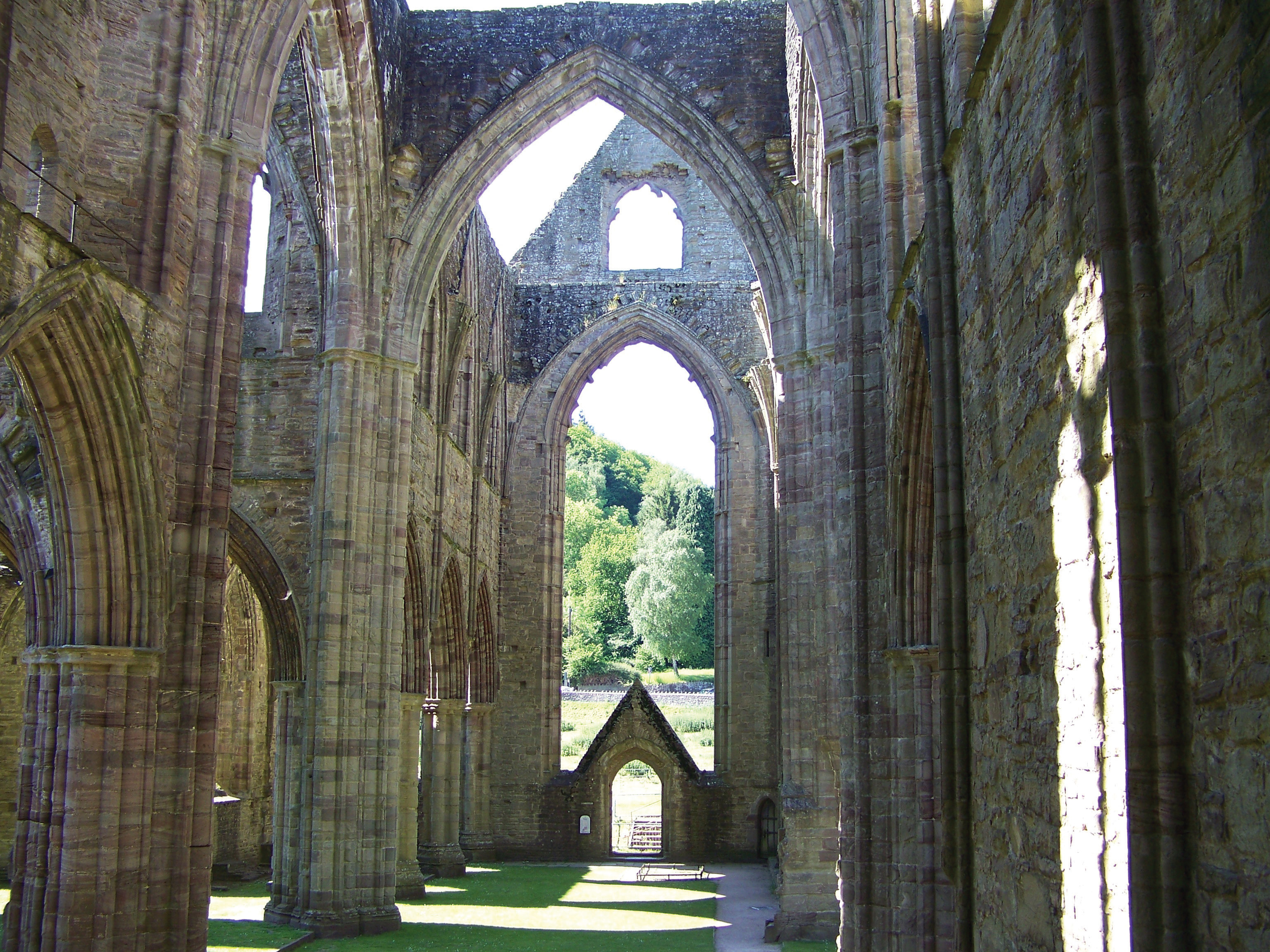
Stanza 5: The speaker directly addresses his sister (presumably Wordsworth and his sister Dorothy), hoping that she also will recognize both the beauty and the spiritual presence in nature. The benefit of being close to nature is that we are also close to God, and therefore the trials of daily life will not “disturb our cheerful faith.” Note the evils that beset individuals the speaker lists in lines131–134. The speaker trusts his sister will find in nature the same tranquil restoration he has.
| My dear, dear Sister! and this prayer I make | |
| Knowing that Nature never did betray | 125 |
| The heart that loved her; ‘tis her privilege | |
| Through all the years of this our life, to lead | |
| From joy to joy: for she can so inform | |
| The mind that is within us, so impress | |
| With quietness and beauty, and so feed | 130 |
| With lofty thoughts, that neither evil tongues, | |
| Rash judgments, nor the sneers of selfish men, | |
| Nor greetings where no kindness is, nor all | |
| The dreary intercourse of daily life, | |
| Shall e’er prevail against us, or disturb | 135 |
| Our cheerful faith, that all which we behold | |
| Is full of blessings. |
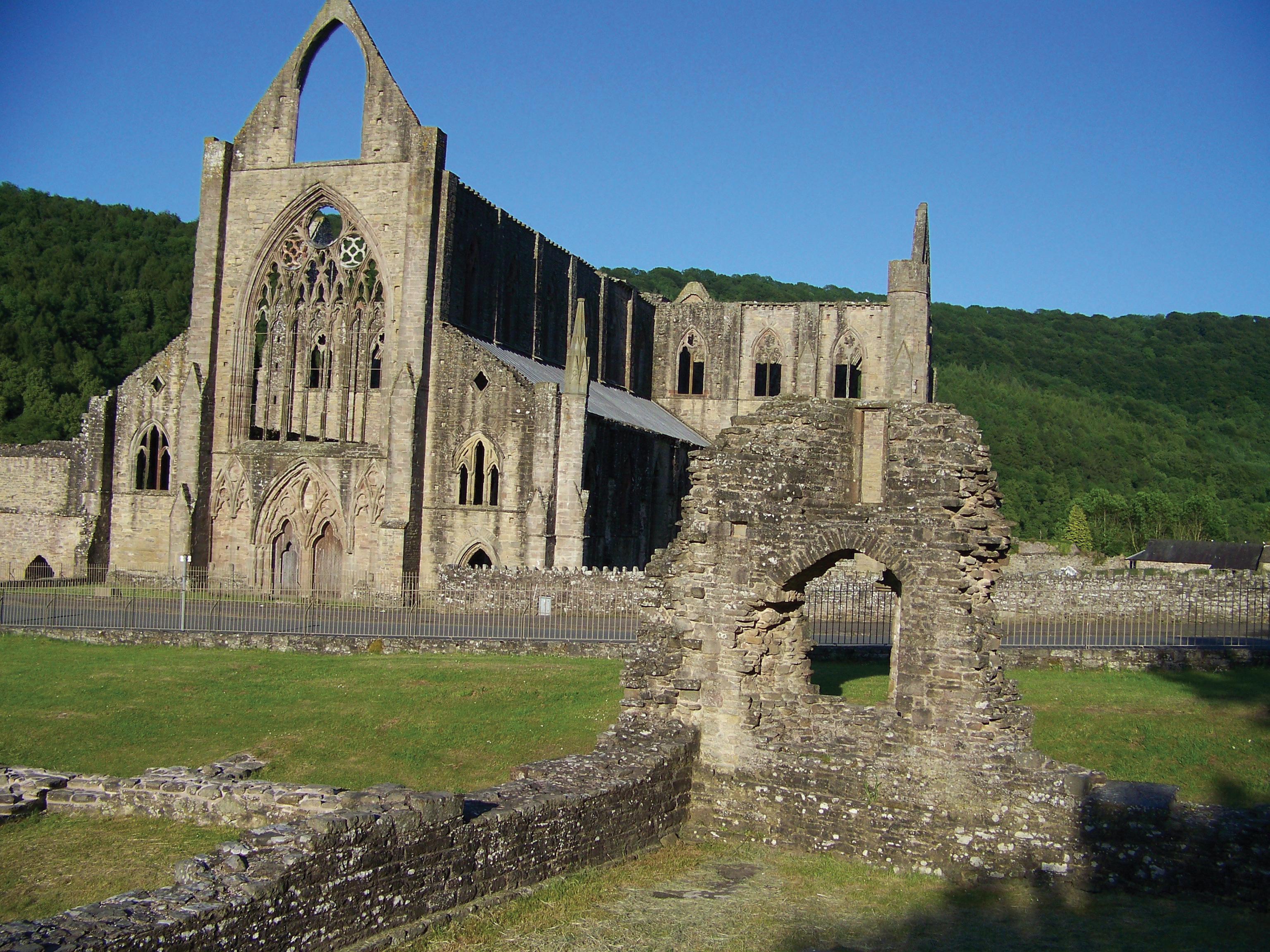
“Michael”
Video Clip 5
William Wordsworth’s Michael A Pastoral Poem
(click to see video)View a video mini-lecture on “Michael.”
“Michael” is a narrative poemA poem that tells a story., a poem that tells a story, about the misfortune of a simple common man and his family. Wordsworth subtitles the poem “A Pastoral Poem.” The term pastoralPoetry about shepherds, sheep, and the simple pleasures of rural life. refers to poetry about shepherds, sheep, and the simple pleasures of rural life. In this poem, Wordsworth not only writes about one individual’s tragedy but also about an entire class of people whose lives are disrupted by the Industrial Revolution. For centuries, many families like Michael’s had made their living from their land and their flocks of sheep. The men tended the sheep and the women spun wool and wove cloth to sell. With the coming of machinery, spinning and weaving could be accomplished much more quickly and cheaply in factories. Many young people, no longer able to make a living in the country, went to work in the cities.
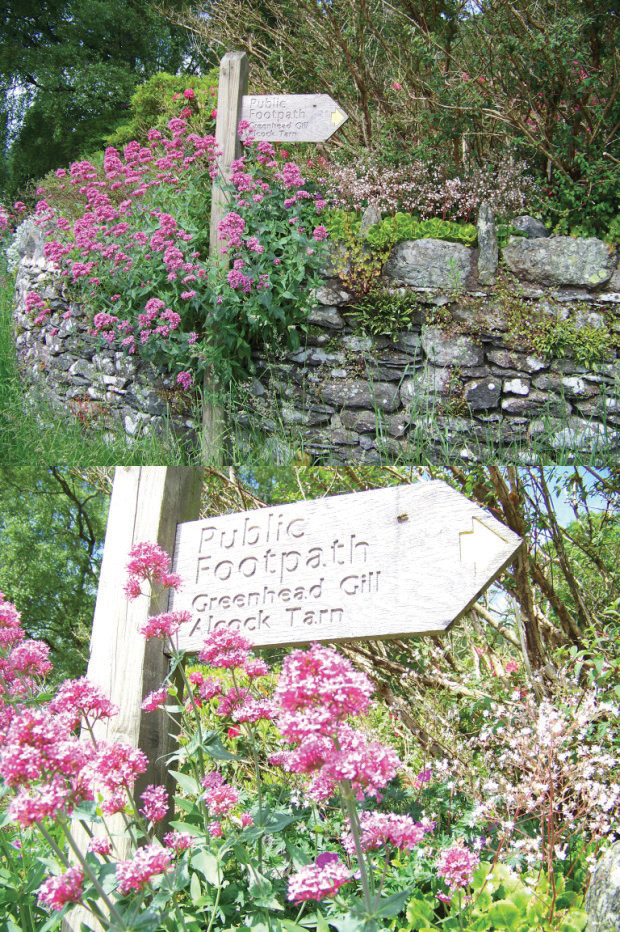
The beginning of the trail which leads to Greenhead Gill[Ghyll], the pathway Wordsworth walked where he saw the “heap of unhewn stone” and was reminded of the story of Michael the shepherd.
A convention of the pastoral mode is the portrayal of life in the city, or in the court as in Marlowe’s poem “The Passionate Shepherd to His Love,” as evil and corrupt—the view of the courtier caught up in and tired of the intrigue and subterfuge of the court, longing to escape into the beautiful, peaceful countryside, totally unaware of the realities of the hard lives of shepherds.
Wordsworth draws on this convention when he pictures the son Luke having to go to the city where he falls into evil and is unable to come home to the pure life of the countryside.
Note the beginning lines of the poem. Wordsworth describes the scene and then focuses our attention on a specific object: “a straggling heap of unhewn stones.” This specific object then, this stack of rough stones, prompts him to remember and to tell us the story of Michael, the shepherd.

The valley between these hills leads to Greenhead Ghyll.
“I Wandered Lonely as a Cloud”
This poem is a lyric poem. Like “Lines,” “I Wandered” follows the pattern of an observation of nature leading to a meditation.
| I wandered lonely as a cloud | |
| That floats on high o’er vales and hills, | |
| When all at once I saw a crowd, | |
| A host, of golden daffodils; | |
| Beside the lake, beneath the trees, | |
| Fluttering and dancing in the breeze. | |
| Continuous as the stars that shine | |
| And twinkle on the milky way, | |
| They stretched in never-ending line | |
| Along the margin of a bay: | 10 |
| Ten thousand saw I at a glance, | |
| Tossing their heads in sprightly dance. | |
| The waves beside them danced; but they | |
| Out-did the sparkling waves in glee: | |
| A poet could not but be gay, | |
| In such a jocund company: | |
| I gazed—and gazed—but little thought | |
| What wealth the show to me had brought: | |
| For oft, when on my couch I lie | |
| In vacant or in pensive mood, | 20 |
| They flash upon that inward eye | |
| Which is the bliss of solitude; | |
| And then my heart with pleasure fills, | |
| And dances with the daffodils. |
In stanzas 1–3, note the descriptive details. Stanza 4 is the meditation, the part of the poem that is philosophical and thoughtful. In this last stanza, the speaker realizes that when he is at home, lying on his couch, he remembers the sight of the daffodils and he feels the same happy emotions he felt when he originally saw them, an example of “emotion recollected in tranquility” which Wordsworth describes in the Preface to Lyrical Ballads.
Key Takeaways
- The work of Wordsworth and Coleridge is considered the beginning of the Romantic Period in British literature.
- The landscape of the Lake District influenced Wordsworth’s poetry.
- The pattern of an observation of nature that leads into a meditation is a typical pattern in Romantic poetry.
- “Lines Composed a Few Miles Above Tintern Abbey,” first published in Lyrical Ballads, exemplifies the tenets of Romanticism Wordsworth outlined in the 1802 Preface and provides an explanation of Romantic mysticism.
- “Michael” addresses the consequences of the Industrial Revolution on the English countryside and its inhabitants.
Exercises
- What does the poem’s narrator see that reminds him of the story of Michael?
- In what ways is “Michael” a pastoral poem?
- Describe Michael’s relationship with Luke.
- Why does Luke go to the city?
- Why does Michael have Luke begin laying stones for the sheepfold before he leaves? Identify biblical allusions in this section of the poem. What purpose do these allusions serve?
- What happens to Luke in the city? What happens to Michael and Isabel at the end of the story? What happens to the land Michael tried to save?
- In your opinion, did Michael make the right decision in sending Luke to the city? Why or why not?
- Compare stanza 4 of “I Wandered Lonely as a Cloud” with lines 62–65 of “Tintern Abbey.” What similar experience do these two poems describe?
- Identify characteristics of Romanticism in each of these three poems.
- What other Romantic poems follow the pattern of an observation of nature leading into a meditation?
Resources
General Information
- From Goslar to Grasmere. William Wordsworth: Electronic Manuscripts. Dr. Sally Bushell, Lancaster University and Jeff Cowton, Curator, The Wordsworth Trust. Arts and Humanities Research Council. manuscripts, maps, texts, films portraying scenes from the poetry, brief analyses of rhetorical devices.
Biography
- William Wordsworth (1770–1850). Dove Cottage and the Wordsworth Museum. The Wordsworth Trust.
- William Wordsworth (1770–1850). Historic Figures. BBC.
- “William Wordsworth: Biography.” The Victorian Web. Glenn Everett, University of Tennessee at Martin.
- “The Wordsworths and the Cult of Nature.” Pamela Woof, University of Newcastle upon Tyne. British History. BBC.
Texts
- Books by William Wordsworth. Project Gutenberg.
- The Complete Poetical Works. William Wordsworth. rpt. from London: Macmillan, 1888. Bartleby.com.
- Lyrical Ballads: An Electronic Scholarly Edition. Romantic Circles. General Editors: Neil Fraistat, Steven E. Jones. Technical Editor: Laura Mandell. University of Maryland.
- “William Wordsworth.” Dove Cottage and the Wordsworth Museum. The Wordsworth Trust. selected poems with commentary.
- Wordsworth Variorum Archive. James M. Garrett, California State University at Los Angeles. texts from published first editions and concordance.
Audio
- “John Casteen Reads ‘Lines Composed a Few Miles Above Tintern Abbey’ by William Wordsworth.” Poets on Poets. Ed. Tilar Mazzeo. Romantic Circles. General Editors: Neil Fraistat and Steven E. Jones. Technical Editor: Laura Mandell. University of Maryland. text and audio.
- “Poems by William Wordsworth.” The Romantics. BBC. “The Female Vagrants (extracts), “The Last of the Flock,” “Tintern Abbey.”
- “William Wordsworth.” LibriVox. selected poems.
Concordance
- Wordsworth and Coleridge Lyrical Ballads Web Concordance. Web Concordances.
- Wordsworth Variorum Archive. James M. Garrett. California State University at Los Angeles. texts from published first editions and concordance.
Images
- William Wordsworth Collection, 1799–1847. Princeton University Library. Manuscripts Division. manuscript image.
- “William Wordsworth’s Lake District.” Literary Landscapes. Online Exhibitions. British Library.
Videos
- “Romanticism and Wordsworth.” Dr. Carol Lowe, McLennan Community College.
- “William Wordsworth’s ‘Michael: A Pastoral Poem.’” Dr. Carol Lowe, McLennan Community College.
- “William Wordsworth.” Dr. Carol Lowe, McLennan Community College.
- “Wordsworth’s ‘Lines Composed a Few Miles Above Tintern Abbey.’” Dr. Carol Lowe, McLennan Community College.




